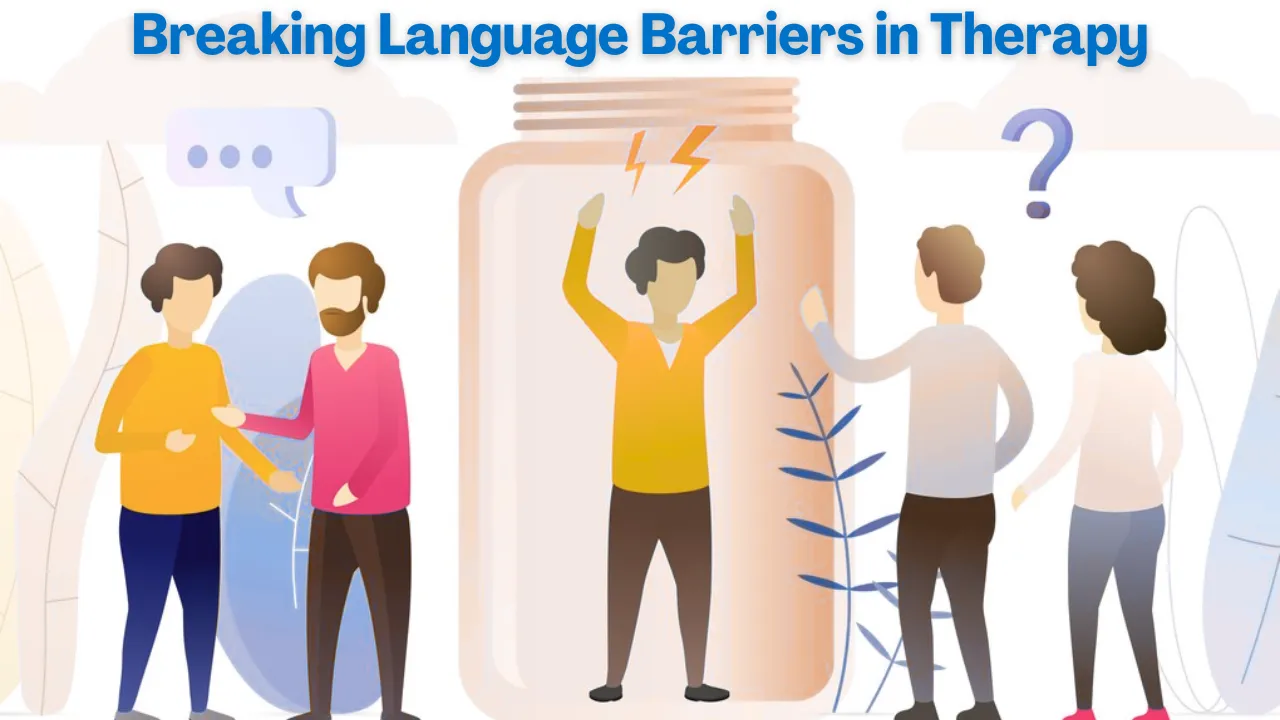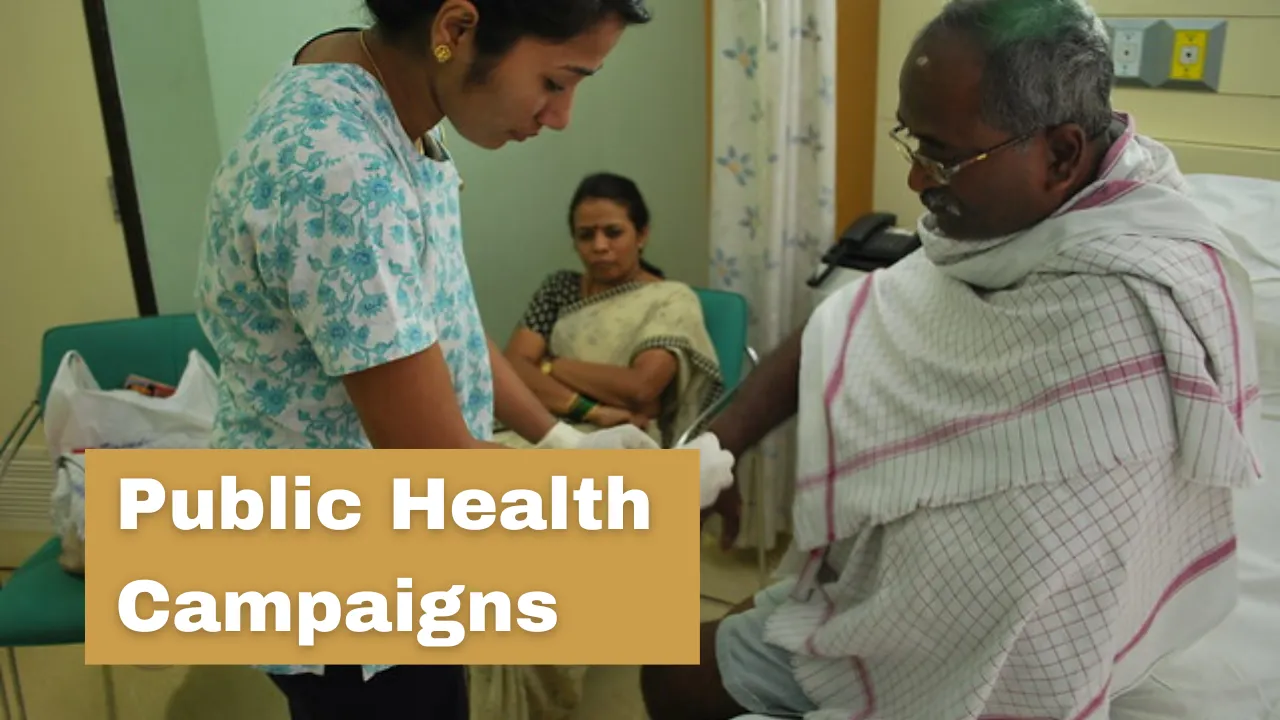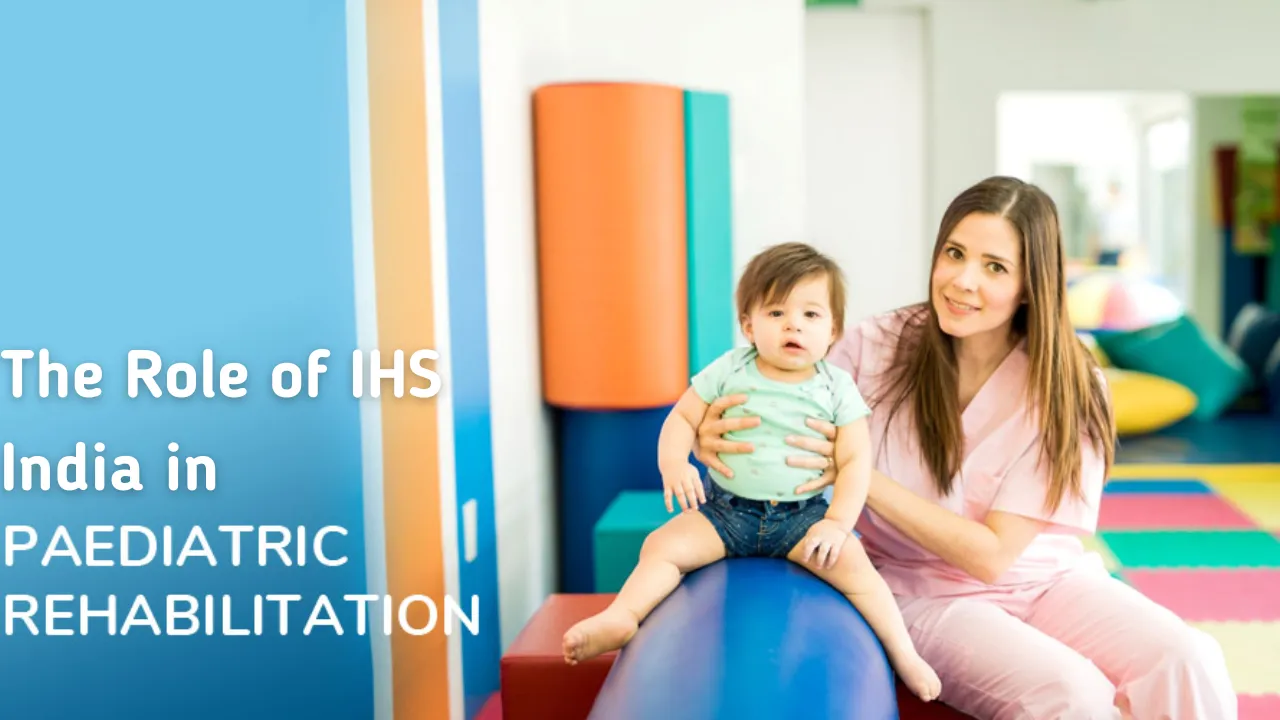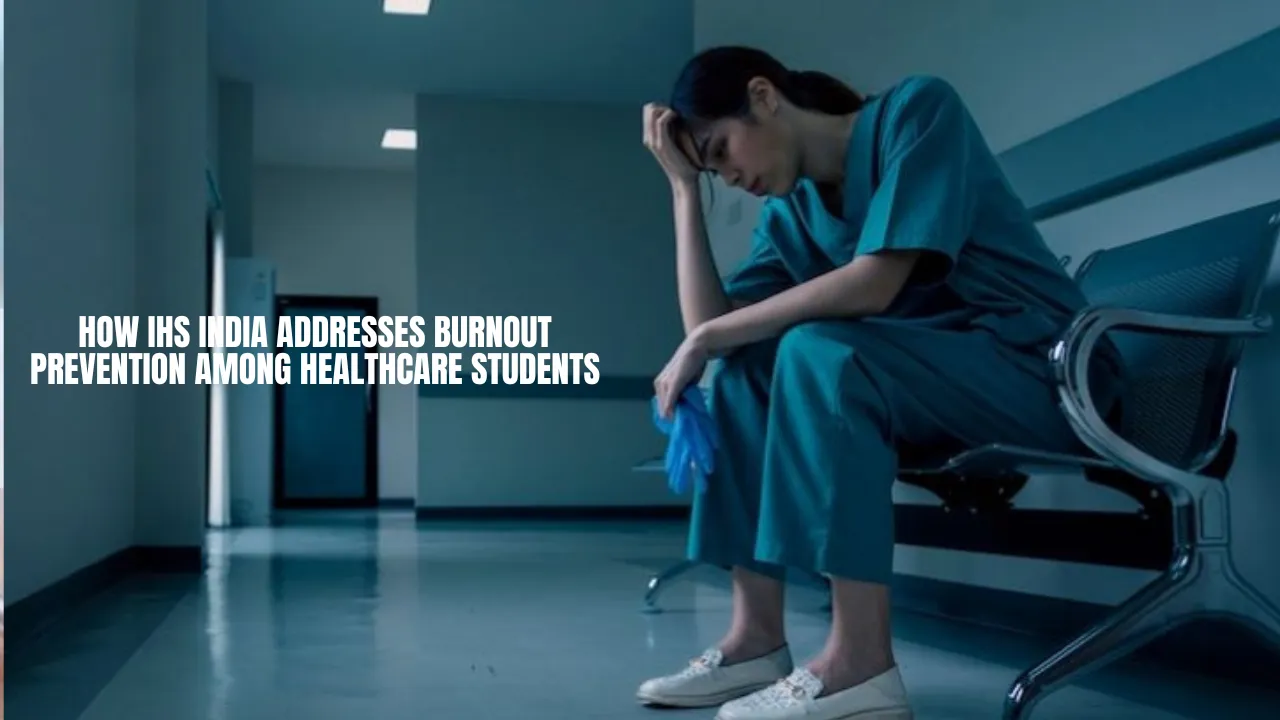Breaking Language Barriers in Therapy: Language barriers in therapy have long been a silent obstacle to accessible mental health care in India. While awareness around emotional wellbeing has steadily grown, the ability to express those emotions freely remains tied closely to language. For millions across the country, especially in rural and regional communities, therapy in unfamiliar tongues creates discomfort, detachment, and ultimately, disengagement.
This article explores how IHS India is transforming mental health accessibility with a multilingual training model for therapists. By equipping mental health professionals with the skills to communicate in local languages, IHS is addressing deep-rooted communication gaps, building trust, and fostering therapeutic environments where clients truly feel seen and heard. We’ll examine their innovative approach, the practical outcomes it creates, and why it might redefine how therapy is delivered across culturally diverse populations.
Addressing Language Barriers in Therapy
The impact of language barriers in therapy cannot be overstated. Effective therapy hinges on nuanced understanding, both verbal and emotional. When the client cannot articulate their feelings in their first language, or the therapist struggles to grasp context or tone, progress stalls. This disconnect affects rapport, reduces clarity, and often leads to withdrawal from therapy altogether. In multilingual countries like India, bridging this linguistic gap is essential for inclusive mental health care. IHS India’s approach recognizes this need and introduces structured, culturally-aware language training to therapists, making therapy safer, more authentic, and significantly more effective.
Overview of IHS India’s Multilingual Training Model
| Aspect | Description |
| Objective | To train therapists in regional languages and cultural nuances |
| Languages Covered | Hindi, Tamil, Bengali, Marathi, Telugu, Malayalam, Kannada, and others |
| Training Method | Interactive language modules, cultural immersion, and role-playing sessions |
| Target Audience | Aspiring and practicing mental health professionals |
| Outcome | Enhanced therapist-client connection, broader therapy outreach, improved treatment outcomes |
Importance of Language in Mental Health Therapy
In therapy, words carry emotional weight. They are the tools through which pain is unpacked, traumas processed, and healing guided. However, if a client is forced to communicate in a language they aren’t fluent in, emotional expression becomes a struggle. This can make them feel misunderstood, vulnerable, or worse, judged.
In India, where linguistic diversity is vast and dialects vary even within the same state, offering therapy in just English or Hindi automatically excludes large swaths of the population. Language barriers in therapy don’t just cause delays in care — they often prevent people from seeking support altogether. That’s where multilingual approaches, like the one pioneered by IHS India, become not only relevant but essential.
IHS India’s Multilingual Training Program
IHS India has built a training framework that goes beyond surface-level language instruction. Their multilingual program integrates regional fluency with a deep understanding of local cultures, traditions, and expressions. This model enables therapists to connect with clients not just linguistically but emotionally and contextually.
The program includes:
- Regional Language Modules: Focused on vocabulary commonly used in emotional conversations and mental health discussions.
- Cultural Competency Workshops: Teaching therapists about regional beliefs, customs, and stigma around mental health.
- Practice through Role-Play: Trainees engage in simulated therapy sessions using real-life client scenarios in different languages.
The blend of language and cultural immersion is designed to prepare therapists to meet clients where they are — linguistically and emotionally.
Benefits of Multilingual Therapy Approach
- Deeper Emotional Engagement: When a client speaks in their mother tongue, emotional expression is more fluid and honest.
- Improved Diagnostic Accuracy: Understanding local expressions and emotional vocabulary helps therapists make more accurate assessments.
- Increased Therapy Retention: Clients are more likely to return and complete therapy when they feel understood.
- Greater Outreach to Underserved Areas: Therapists trained in regional languages can serve communities where mental health care was previously inaccessible.
- Trust Building: Clients feel safer and more respected when therapy happens in a language they are comfortable with.
By breaking down language barriers in therapy, IHS India is not only improving therapy outcomes but also dismantling systemic inequalities in mental health access.
Key Features of the Program
- Local Language Modules
- Developed by native speakers and mental health experts.
- Focuses on mental health expressions, feelings, and client-therapist dialogue.
- Developed by native speakers and mental health experts.
- Cultural Context Sessions
- Covers topics like familial structures, traditional coping mechanisms, and local taboos.
- Helps therapists respond with sensitivity and cultural respect.
- Covers topics like familial structures, traditional coping mechanisms, and local taboos.
- Real-Life Roleplay
- Trainees simulate sessions with multilingual clients.
- Immediate feedback allows therapists to refine their tone, understanding, and cultural response.
- Trainees simulate sessions with multilingual clients.
This multi-pronged strategy ensures therapists are not just language-proficient, but also culturally competent, enabling them to offer genuinely effective care.
Challenges and Solutions
Implementing a multilingual training program at scale has its hurdles. Among the primary challenges are the lack of standardized regional mental health vocabulary, trainer shortages, and regional dialect complexities. IHS India addresses these through:
- Partnering with regional linguists and local psychologists.
- Continuously updating content using real client data (anonymized) to enhance relatability.
- Incorporating digital tools for pronunciation, context learning, and ongoing assessments.
Their hybrid learning model combines in-person training with digital resources, ensuring scalability while maintaining training quality.
How This Approach Impacts Clients
Therapy, at its core, is about feeling safe enough to open up. When language becomes a source of discomfort or misunderstanding, that safety vanishes. IHS India’s initiative ensures that clients, regardless of where they live or what language they speak, have access to therapy that honors their identity.
Clients often report a greater sense of belonging and ease when sessions happen in their native language. Therapists, in turn, find it easier to pick up on emotional cues, cultural references, and even traumas that are often hidden behind linguistic walls. The ripple effect of removing language barriers in therapy can be profound — improving not just individual lives but community mental health as a whole.
Two Major Benefits in List Form
1. Personal Connection with Clients
- Clients feel seen and heard when they speak in their native language.
- Builds immediate rapport and enhances emotional openness.
2. Cultural Understanding
- Therapists learn to respect and respond to cultural beliefs and behaviors.
- Prevents misdiagnosis due to cultural misunderstandings.
The Bigger Picture
The IHS India multilingual training approach is more than a skill-building program; it’s a movement toward inclusive, localized, and deeply human mental health care. It serves as a model not just for India but for other multilingual nations grappling with mental health accessibility.
Mental health cannot thrive in a one-language-fits-all model. As society continues to push for de-stigmatization and normalization of therapy, the services offered must evolve to reflect the people they aim to serve. IHS India is proving that language barriers in therapy are not insurmountable — they are challenges waiting for meaningful solutions.
FAQs
1. Why are language barriers in therapy a major issue in India?
Because many people are unable to express their feelings in a non-native language, making therapy less effective and emotionally distant.
2. What makes IHS India’s approach different?
It combines regional language training with cultural understanding to build stronger therapist-client relationships.
3. Can all therapists benefit from multilingual training?
Yes, especially those working with diverse or rural populations where local languages are predominant.
4. Is multilingual therapy only about speaking the same language?
No, it also involves understanding cultural expressions, emotional tone, and local mental health beliefs.
5. How long does it take to complete the IHS multilingual program?
It varies, but most modules can be completed within a few months, followed by ongoing skill refinement.
Conclusion
The path to accessible and effective mental health care in India runs through its languages. IHS India’s multilingual training program shows that healing begins with understanding — and understanding starts with language. By training therapists to communicate in the languages their clients live and think in, they are building bridges to wellbeing that truly span the nation’s diversity.
For therapy to reach every person, it must speak their language. That’s not just a metaphor — it’s a necessity. If you or someone you know has struggled to find therapy that feels relatable, share this story. Let’s continue the conversation about making mental health care truly inclusive.











